Van Vleck House
Introduction
Text-to-speech Audio
In 1910 Roy Van Vleck began construction on a modest log cabin in preparation for his upcoming marriage to Genevieve Lawton. Genevieve was a member of a wealthy middle-class family in Michigan and used to modern amenities like indoor plumbing. However, Genevieve shared the same pioneer spirit as her future husband, and embraced her rustic cabin and exterior “two-holer.” Though she warned her daughters to both marry within their community, because her heart was always divided between her family in Michigan and her life in Wyoming.
Images
Van Vleck House and Barn
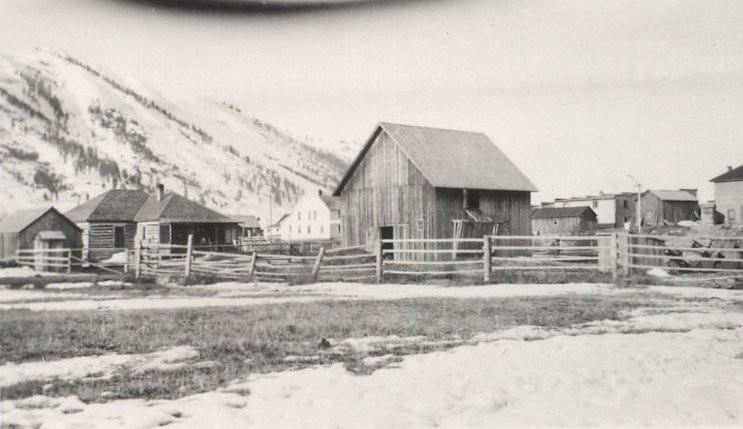
Van Vleck House
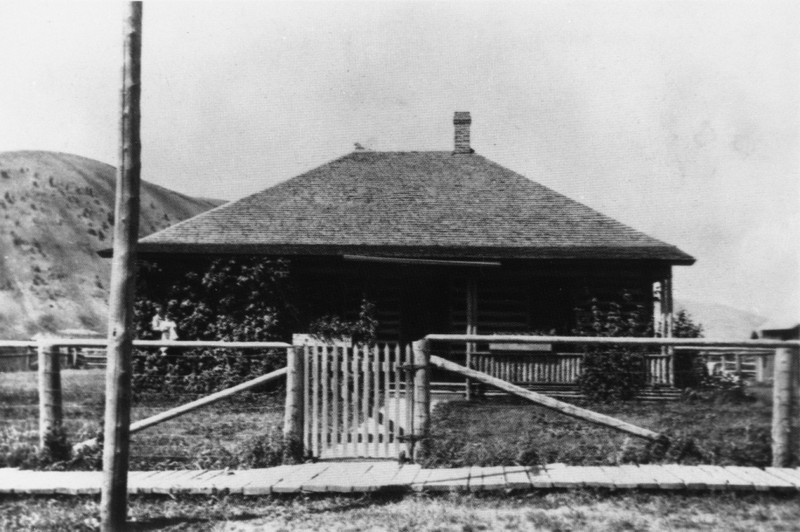
Genevieve Van Vleck and Stella
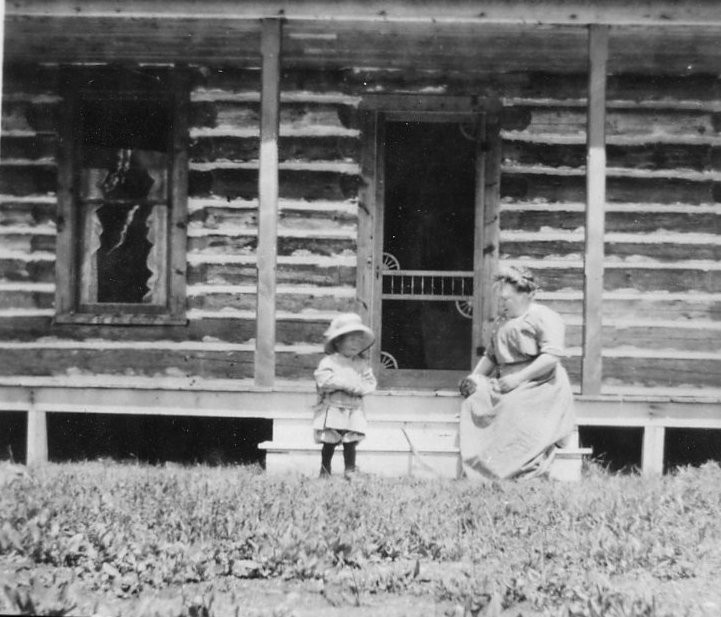
Mayor Grace Miller and Female Town Council c.1920
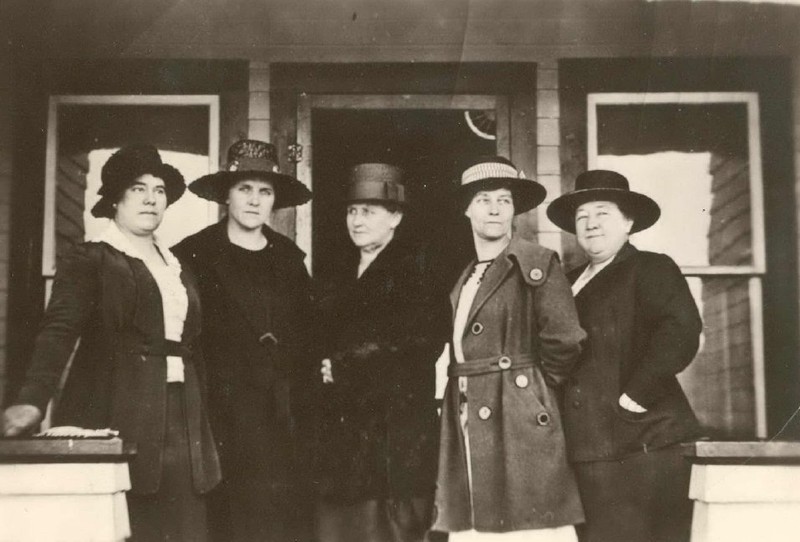
Van Vleck Mercantile Interior
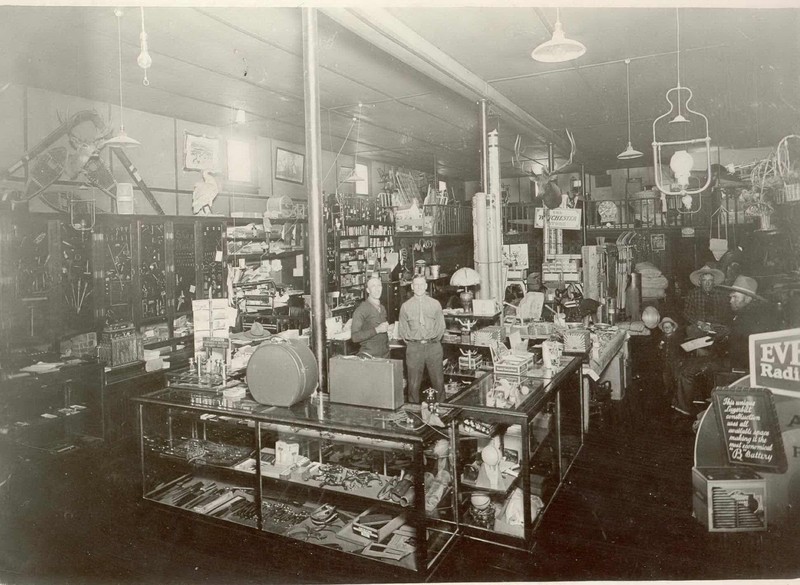
Van Vleck Mercantile
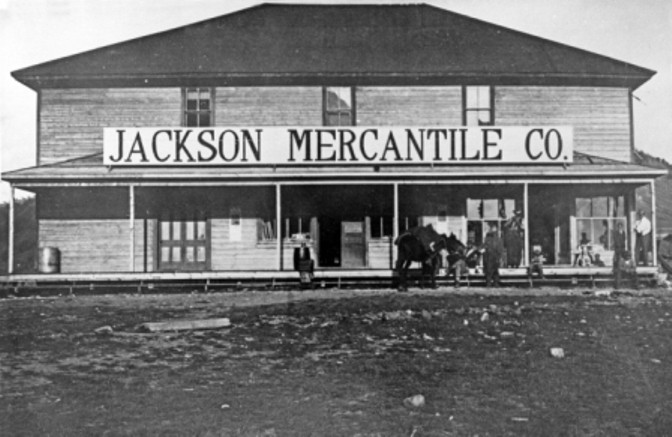
Genevieve Van Vleck
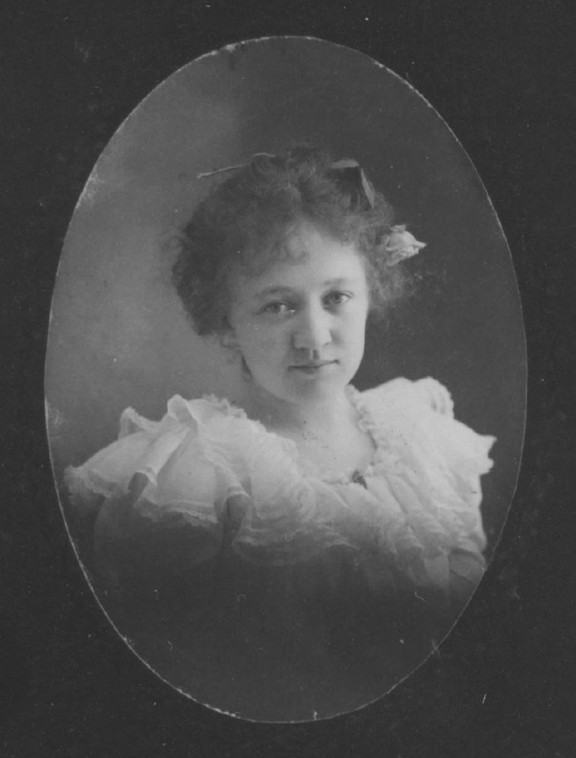
Roy Van Vleck
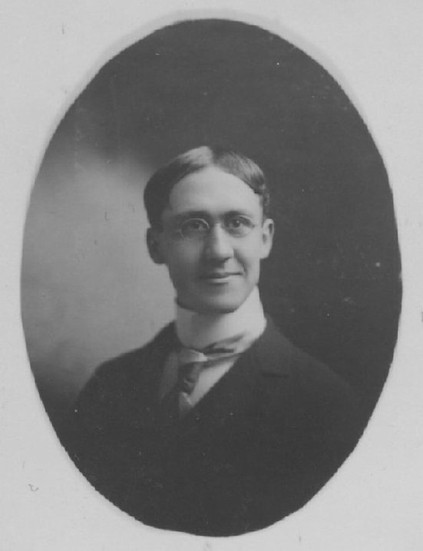
Genevieve Van Vleck and Jean
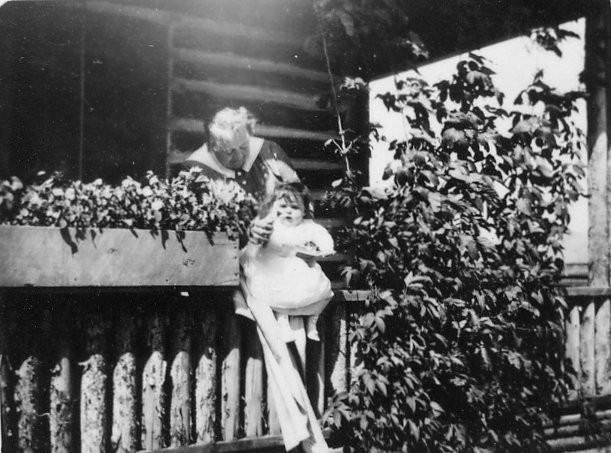
Backstory and Context
Text-to-speech Audio
The Van Vleck house was built in 1910 by Roy Van Vleck, in anticipation of his pending marriage to Genevieve Lawton. Genevieve was in Michigan, in a large house with indoor plumbing and servants. The cabin Roy was building had no indoor plumbing, and was 150 miles from the nearest train depot, which he wrote in letters to Genevieve as a benefit to their new home. Genevieve shared the same pioneer spirit has her future husband, but returned home to Michigan once a year for the rest of her life. Both of their daughters were born in Michigan, and Genevieve and Roy are both buried there.
In Jackson, Genevieve and Roy were active in the community. Their house had the only water well in town for several years, and neighbors were there daily to haul fresh water to their own homes. When they weren’t there for water, they were calling for the multiple organizations and boards the couple were involved in. Roy ran the first mercantile with his brother Frank, which they had previously opened in 1907. They arrived in Jackson in the late fall of 1906, and had intended to spend just the winter there before moving on to Oregon. However, they quickly saw a business opportunity in the sparsely populated town. They had run a mercantile in Colorado, and used the leftover stock to open the Jackson Mercantile in the newly built Clubhouse.
According to Roy’s daughter Jean, her father prided himself on the variety of merchandise on offer. He felt if you couldn’t get it from the Mercantile, you didn’t really need it. In 1909 the brothers purchased the V-V Ranch in Hoback Junction, and decided to divide their business interests in 1913 when both men got too busy. They kept it fair, and flipped a coin to decide who got the Mercantile, and who got the ranch. Neither could have known the history of Jackson would change with that coin flip. Roy got the Mercantile and remained in their Jackson house, while Frank moved to the ranch fulltime.
A year later in 1914 the Town of Jackson was incorporated, and the first mayor and town council were elected. Genevieve joined the Pure Food Club, and Roy went on to hold several positions including Land Commissioner, undertaker, multiple community boards, and helped run the early rodeo. He helped start the Masonic Lodge, the Lions Club, and the Rotary Club. In 1920, Genevieve went on to make history when she was elected a town councilor alongside three other women, and a woman mayor. The entirely female ticket was thought to be the country’s first, but two small downs in Nebraska and Kansas had done the same a few years earlier. However, Jackson was the first to appoint all women to the other municipal positions.
Grace Miller was the Mayor, with Genevieve Van Vleck, Mae Deloney, Rose Crabtree, and Faustina Haight as Town Councilors. They appointed Marta Winger as the Town Clerk, Edna Huff as the Health Officer, and Pearl Williams as the Marshal. Pearl was just 22 years old, and due to her age and diminutive stature, garnered more attention as the only law enforcement for a mountain valley known for its outlaws. In truth, the old stories of outlaws in Jackson Hole had long since faded, and Pearl wrangled more livestock than ne’er-do-wells. However, the few men she did throw in jail did remain there despite the lack of doors. They respected Pearl and her office, and understood the consequences.
Genevieve was also known for her extensive gardens, which were meticulously cared for. On holidays like Memorial Day, she’d send her daughters out to gather flowers from the garden and wildflowers to set on every grave in the cemetery. The Aspen Hill Cemetery had been formally acquired by the town under the auspices of the “Petticoat Government.” The women had done more in their four years in office (they were re-elected for a second term) than the men had done in the previous six years. The women collected taxes, and filled town coffers from $200 to over $2,000. They used the funds to organize roads, clean up trash, and acquire official burial land. They even electrified a few of the main streets, which was a modern change for a still rural town.
In 1936 Genevieve died from a bad bout of pneumonia at just 56 years old. Roy continued to live in the house until his own death in 1960. Though in his later years he was enjoying the warmer weather and lower climates of Texas and Florida. He was buried alongside Genevieve in their hometown in Michigan. Their daughter Jean lived in the house after Roy’s death until 1974. The Van Vleck house was then used for a variety of different purposes, and continued to be part of the social center of Jackson. In 1980, it was converted for use as a restaurant. Jedidah’s Original House of Sour Dough operated in this space until 2008. In 1988 a fire gutted the interior of the restaurant space, causing significant damage to the original layout, which needed to be completely renovated. Jean was on hand to help inform the rebuilding process. In 2010, Café Genevieve opened in the vacated Jedidiah’s space. They chose Genevieve in honor of the former owner, and to bring a personal connection into the business.
In 2019, the block of land that Genevieve’s is located on was put up for sale. The community was concerned about Café Genevieve’s and the neighboring historic buildings. An acute sense of loss was felt by how many other early homesteading houses had disappeared, and a community moment called “Save the Block” was launched to save one of the last connections to that history. The campaign was successful and a private donor acquired the land, and placed conservation and façade easements were placed on the land and buildings. The easements ensure that the buildings will be preserved in perpetuity, and continue to tell the story of Genevieve Van Vleck and her early 20th century community. The Van Vleck house stands as a reminder of the perseverance and rugged community spirit Jackson was founded on.
Sources
Stewart, Jean. Oral History Interview. Jackson Hole Historical Society & Museum, 1982.
"Van Vleck House," ABCs of Jackson Hole Series. Jackson Hole Historical Society & Museum. https://youtu.be/cRYBl7Ayho4?si=NF_0nH5DOq73QMHR
"Van Vleck House and Barn," National Register Nomination. NPS, 1995.
Jackson Hole Historical Society & Museum
Jackson Hole Historical Society & Museum
Jackson Hole Historical Society & Museum
Jackson Hole Historical Society & Museum
Jackson Hole Historical Society & Museum
Jackson Hole Historical Society & Museum
Jackson Hole Historical Society & Museum
Jackson Hole Historical Society & Museum
Jackson Hole Historical Society & Museum
